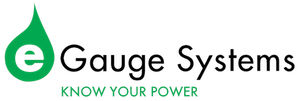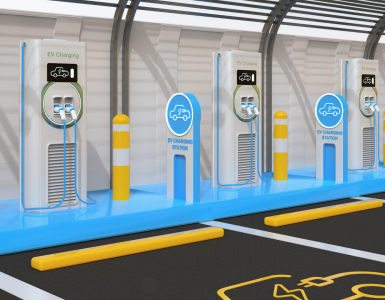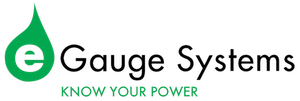By Ben Rather
What It Is
Load type monitoring is a method used to gain a clearer understanding of how different electrical equipment within a building consumes energy. By isolating and monitoring various electrical load types individually, building managers can identify specific energy usage patterns and potential inefficiencies.
Why People Are Leveraging Load Type Monitoring
With the rise in energy benchmarking from both companies and municipalities, the need for consumption monitoring has become undeniable. Facility managers are eager to harness the benefits of energy metering. When faced with energy goals, they seek solutions that offer detailed insights into where their buildings are consuming time, money, and resources. Enter load type monitoring.
Not only can load type monitoring serve as a preventative maintenance measure, but it is also increasingly becoming a requirement of the International Energy Conservation Code (IECC). By isolating different electrical load types, facility and energy managers gain two distinct advantages:
- Early insight into equipment issues and inefficiencies, ensuring that problems can be addressed before they escalate.
- Meet the most up to date IECC requirements with the ability to report isolated values more clearly.
What IECC 2021 Means for Metering
The IECC 2021 code mandates that different load types must be monitored individually, rather than simply evaluating overall building consumption. This means separately tracking energy usage for a building’s HVAC systems, lighting systems, mechanical equipment, receptacles, and other load types. Metering’s place in all of this rests at the electrical panels by monitoring the data of all the different load types and conveying it to facility management.
What the Physical Space Can Look Like
Electrical design often approaches panel structure in one of two ways – grouping all electrical panels by different load type or maximizing the space used in each panel by mixing load types in order to conserve space in the electrical room. This is largely up to the engineering firm designing the building but many other factors are taken into consideration including owner preference, construction schedule, equipment procurement, etc.
Load type monitoring can be accomplished in either environment but looks slightly different depending on the chosen direction.
Which is better – grouped load type panels or mixed load type panels?
Per the above, the approach to energy monitoring depends on how the panels are designed:
- Grouped by Load Type: This is a simpler approach to monitoring. In short, it means less monitoring hardware is required to meet code. If all mechanical loads are in one panel, all lighting loads in another, and so on, Current Transformers (CTs) need only be placed on each panel’s main circuits rather than monitoring individual loads within the panel.
- Mixed Load Types: Monitoring to meet code is still possible with this approach, but it can become more complex and less economical. If panels contain a mix of different load types, CTs must be installed on each specific load type within each panel. This approach requires a greater number of meters and a more intricate configuration but ensures comprehensive data collection for each load type.
Hardware Required vs. Software Required
Hardware is only half of the solution to collect energy data by load type. Metering software is the other half of that equation and is essential for combining data from all CTs monitoring specific load types. For example:
- Panels Grouped by Load Type: When panels are dedicated to single load types, metering software will aggregate data from those panels, simplifying the process.
- Panels with Mixed Load Types: When panels contain a mix of different load types, it becomes the software’s job to compile all of the data from the CTs in various panels and disaggregate that data by individual load type to provide a complete picture of each load type’s energy consumption.
Conclusion
By implementing load type monitoring, buildings can achieve greater energy efficiency, comply with IECC 2021 requirements, and maintain a proactive approach to equipment maintenance.
eGauge Systems offers smart energy monitoring solutions that can help you effectively monitor and manage your building’s energy consumption. To learn more, visit our store at www.store.egauge.net.















